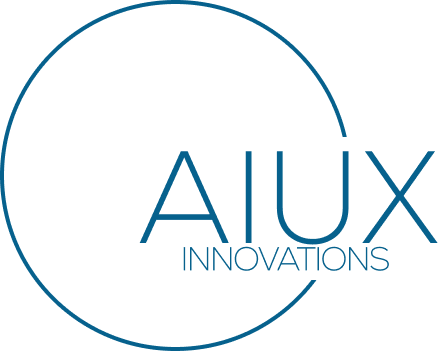Every few years, design faces an existential question. “Will this new technology replace us?” It happened with Photoshop. Then Figma. Then, no-code tools. And now, it’s happening again with AI.
Across the industry, designers are asking: If AI can wireframe, generate layouts, or build pages instantly, where do we fit in? The truth is simple: AI will change design, but it will not replace design at least not the kind that matters.
AI Will Accelerate, Not Eliminate
Artificial Intelligence is already capable of creating wireframes, drafting UX flows, and generating mockups based on prompts. Tools like Figma’s AI assist, Google AI Studio, and SynthDesign™ can spin up interfaces in seconds. But that’s not the end of design. It’s the beginning of faster thinking. AI is powerful at pattern recognition. It can analyze thousands of design systems and user behaviors instantly. What it cannot do is understand the messy, emotional, contextual layer that makes design human.
AI can suggest layouts. Only humans can define meaning.
The Human Layer AI Can’t Touch
UX is not just about the interface. It’s about psychology, empathy, and culture. It’s about understanding that someone struggling to log in might not just be confused; they might be stressed, distracted, or fearful about their data. That level of insight doesn’t come from training data. It comes from observation, experience, and compassion. Human-centered design isn’t just a process. It’s a perspective. Until AI can feel frustration, joy, confusion, or relief, it can’t design for it.
What AI Can Do (and Should)
Where AI excels is in speed and scale.
It can:
- Generate wireframes instantly based on input text or goals
- Auto-build design variants to test layouts or tone
- Analyze GA4 and ContentSquare data to highlight friction points
- Streamline design documentation, versioning, and component updates
AI can remove friction from the workflow, letting designers focus on insight, storytelling, and emotional resonance — the work that truly matters.
Think of AI as a creative accelerator, not a creative replacement.
The New Workflow: Human + AI Collaboration
Imagine a near-future project flow:
- You describe a design goal: “Help users compare health plans quickly.”
- AI generates several wireframe directions based on best practices and analytics.
- You review, refine, and reframe based on human context, emotion, accessibility, and tone.
- SynthDesign™ automatically updates the design system to match the chosen direction.
- Within hours, you have stakeholder buy-in, not weeks.
AI becomes your design partner, speeding up alignment while you stay focused on vision and empathy.
Why Human Designers Still Matter
When stakeholders approve an AI-generated layout, they aren’t approving creativity. They’re approving direction. That direction still needs the craft, reasoning, and refinement that only designers provide. It’s like having a map but still needing a guide who knows the terrain. UX has always been about more than pixels. It’s about purpose. And purpose cannot be automated.
Looking Ahead
AI will continue to evolve. It will design, test, and optimize faster than any of us can.
But it will always need human guidance, the intuition that connects experience to emotion. The future of UX will not be man versus machine. It will be man with machine, designers who understand both empathy and algorithms, using AI as a tool to build better, more human-centered systems.
We are not being replaced.
We are being amplified.
